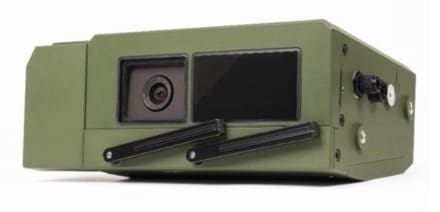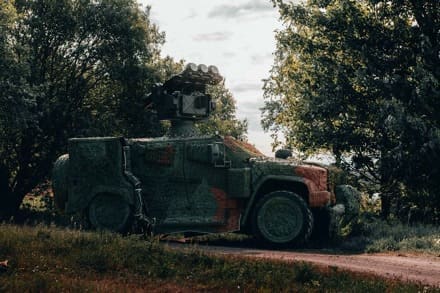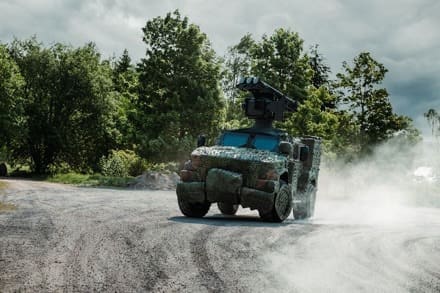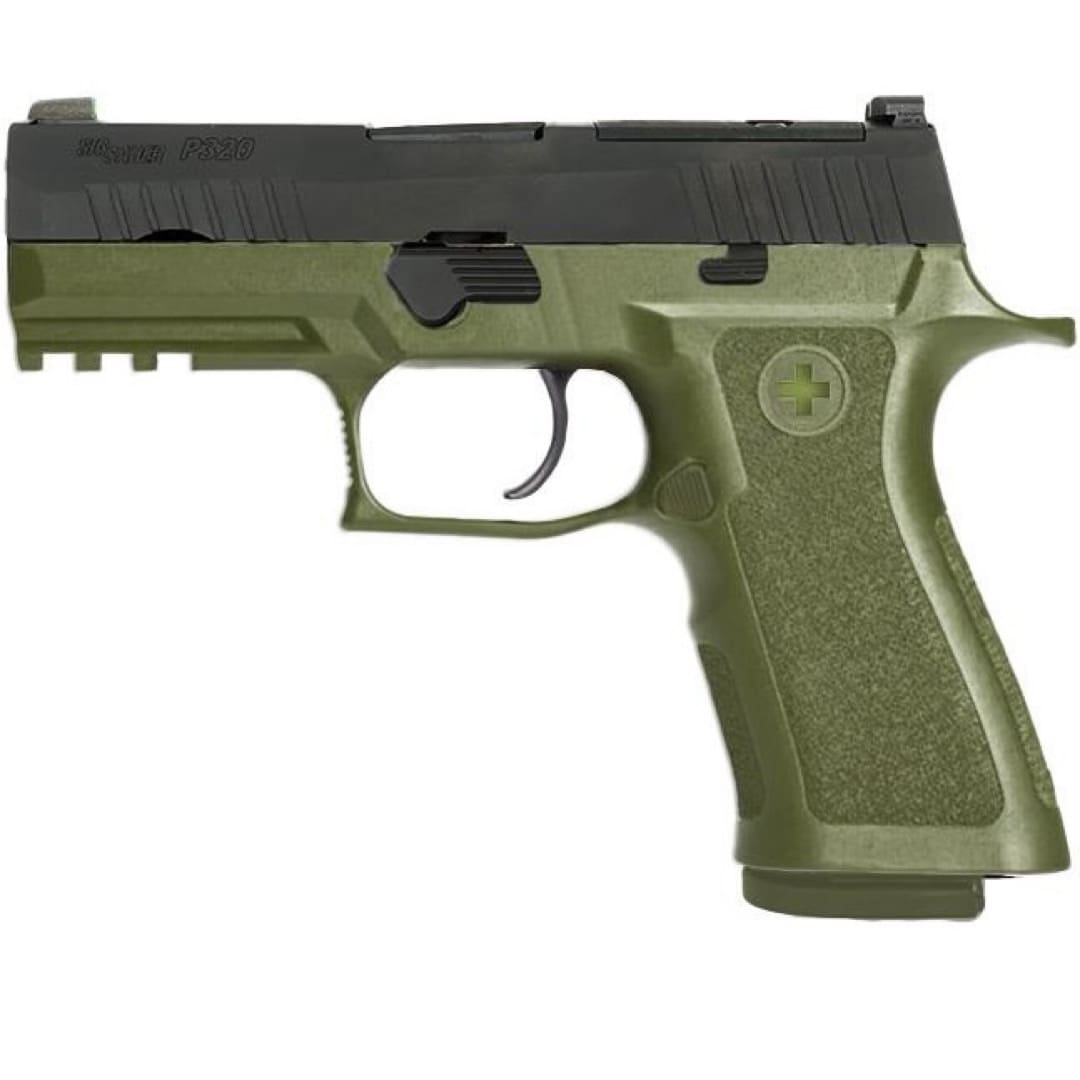Ground combat vehicles are evolving from single-purpose, hardware-fixed assets into software-defined, upgradeable systems. This flexibility demands rugged, high-reliability connector technologies capable of successive upgrades without requiring full redesigns of harnesses or structural components. Scalable circular connectors offer the mechanical robustness, electrical performance and environmental sealing essential to support open-architecture electronics, electrified propulsion and field-reconfigurable payloads. Here, Sean Fitall, European product manager at connector specialist PEI-Genesis explores the role of scalable connectors in the next generation of ground military vehicles.
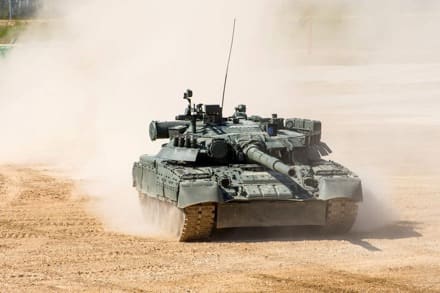
Among the most widely adopted solutions supporting this transformation are connectors built to the MIL?DTL?38999 specification. Proven over decades of use in aerospace and defence, these circular connectors are valued for their high-density contact arrangements, ruggedised construction and flexibility in handling signal, data and power within a single interface. Their durability and adaptability make them a natural fit for next-generation vehicle systems.
These connectors are compatible with open standards like VICTORY, NATO Generic Vehicle Architecture (GVA) and the Modular Open Systems Approach (MOSA), which all promote interoperable, upgradable systems through standardised interfaces.
By using consistent connector geometries, contact layouts and coupling mechanisms, system integrators can reduce the complexity of vehicle wiring harnesses and more easily integrate new mission systems from various suppliers.
Powering electrified platforms
As open-architecture frameworks advance, vehicle electrical systems must support not only signal and data, but also high-voltage, high-current demands driven by battery-electric propulsion, traction inverters and power-intensive subsystems. Traditional low-power connectors often fall short due to limitations in current capacity, heat dissipation and sealing performance.
To address these challenges, high-power variants based on the MIL?DTL?38999 form factor have been developed. Incorporating advanced contact technologies like Amphenol’s RADSOK®, these connectors support up to 1,000 A depending on configuration, while retaining the sealing, vibration resistance and coupling of their signal-grade counterparts. This allows designers to standardise interfaces for both power and signal across the platform.
Such standardisation simplifies integration, supports distributed power architectures and helps reduce system weight by allowing energy components to be positioned closer to loads. Many variants also offer integrated voltage and temperature sensing, enabling predictive maintenance and improved diagnostics.
Built for the battlefield
As the digital infrastructure of the vehicle becomes more central to its mission success, ensuring seamless integration of new subsystems is equally vital. LiDAR, EO/IR cameras, radar and AI accelerators all require high-speed, low-latency interconnects that can operate reliably in demanding electromagnetic environments. MIL?DTL?38999 connectors are well suited to this task, offering coax, twinax, quadrax and fibre-optic contacts in a single shell with robust EMI shielding.
Their shielding effectiveness and mechanical resilience make them ideal for carrying real-time data in the presence of high-power systems, vehicle-borne jammers and harsh vibration. By supporting high-bandwidth sensor fusion and AI-driven situational awareness tools, these connectors enable advanced combat capabilities without compromising system integrity.
Plug-and-fight capabilities
With growing system complexity and evolving mission needs, platform flexibility has become a critical design priority. Modern doctrine increasingly demands vehicle platforms that can be rapidly reconfigured for different mission requirements.
One day a vehicle may support electronic warfare operations, the next, it may need to carry a counter-UAS suite or deploy advanced communications systems. This flexibility hinges on the standardisation of signal and power interfaces. When platforms use the same MIL?DTL?38999 connector configurations across payload types, mission kits can be added, removed or swapped without rewiring or modifying the base infrastructure.
This enables true plug-and-fight capability, allowing teams to reconfigure platforms in the field, without the delays and costs of depot-level intervention. Power variants of these connectors ensure that even high-demand payloads, such as radar arrays or directed-energy systems are safely and reliably supported. This not only simplifies integration, but also enhances adaptability, readiness and operational tempo across different theatres.
Scalable solutions for long-term readiness
Ensuring long-term platform flexibility requires connector systems that can support frequent technology upgrades without redesigning the vehicle’s core infrastructure. While military vehicles may remain in service for decades, onboard electronics typically evolve on much shorter cycles.
To bridge this gap, connector infrastructure must be scalable, standardised and robust, enabling the integration of new technologies without compromising physical or electrical integrity. MIL?DTL?38999-based systems provide this stability, offering a dependable foundation for layering future capabilities over time.
Whether integrating AI-enabled edge computing, advanced sensors or electrified propulsion systems, these connectors help ensure that platforms remain compatible, reconfigurable and resilient, supporting the broader shift towards open, modular and software-defined vehicles.
One example of this scalability in action is the Amphenol Rhino series, a high-power connector solution built on the MIL?DTL?38999 mechanical platform. Designed to meet the demands of modern military systems, Rhino combines the rugged construction of Series III shells with high-current RADSOK® contacts. This enables power handling up to 1,000 A in a sealed, touch-safe design, making it well suited for electrified drive systems, high-power subsystems and modular payloads.
To support the deployment of these scalable solutions, PEI-Genesis offers extensive stock, in-house engineering expertise and rapid assembly services. This enables fast delivery of customised Rhino assemblies, helping integrators reduce lead times and adapt quickly to evolving system requirements, even late in the programme lifecycle.
As modern ground vehicles become more modular, electrified and digitally networked, the importance of connector technology has never been greater. Whether managing high-speed data from advanced sensors or distributing high-voltage power across hybrid propulsion systems, scalable connectors based on the MIL?DTL?38999 standard provide the durability, flexibility and interoperability required by today’s military platforms.
To find out more about the wide range of military grade connectors offered by PEI-Genesis, visit www.peigenesis.com.


